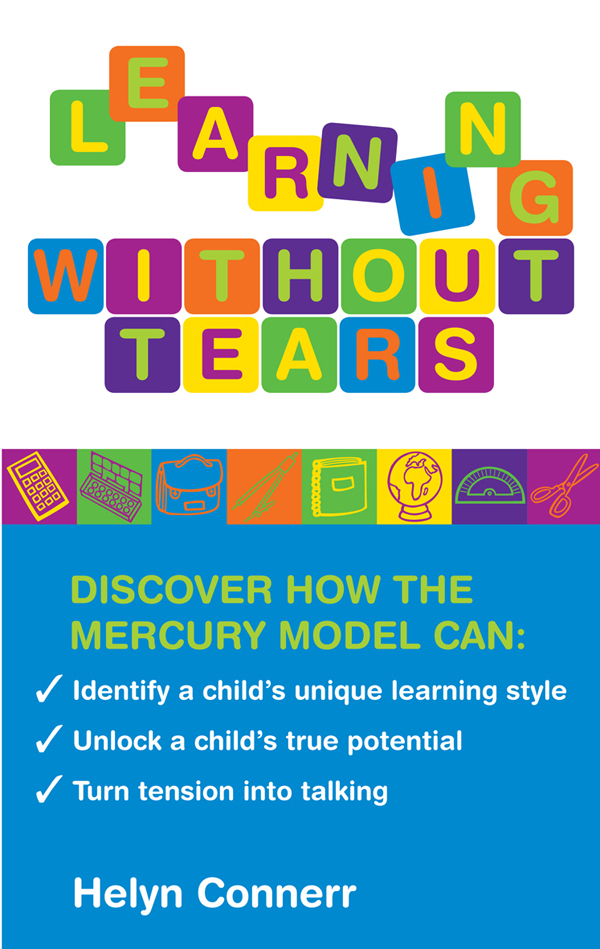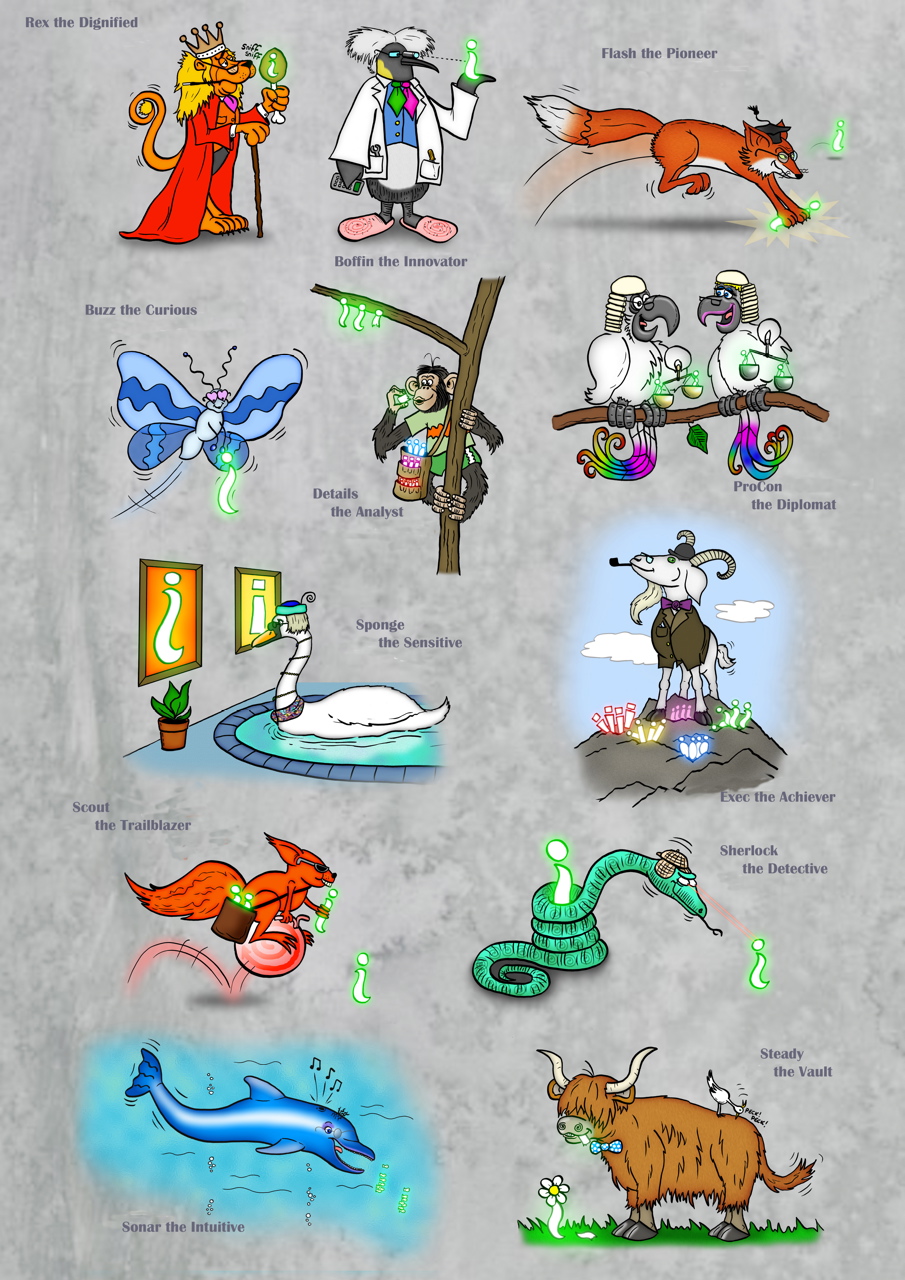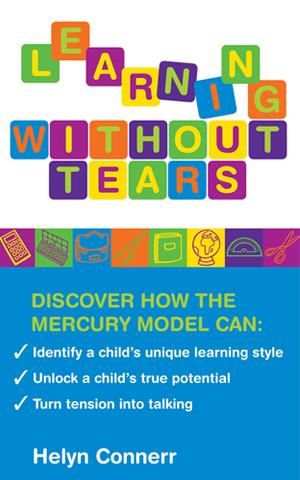Learning Without Tears

Published in 2008 by Watkins Publishing (London) Learning Without Tears was initially written for parents as a guidebook to the territory of their children’s minds. It has become a favourite with grandparents, big sisters, camp counsellors, and anyone else attempting to teach a child anything at all. But, beyond that, readers instantly recognised how handy this book is for uncovering the mental dynamics of other adults, their own parents, spouses, partners, friends, bosses, colleagues, etc.
Learning Without Tears describes, with humour, compassion, accuracy, clarity and subtlety, how our minds tick, how we each handle information, our individual learning requirements, modes of taking in new information, natural mental strengths, potential blind spots, etc. It explains naturally long vs. short-term memories, preferences for electronic vs. paper information, prose vs. poetry. It details which minds need colour and visuals in order to learn, which minds benefit from traditional teaching methods and which are disadvantaged by the education authorities.
Learning Without Tears identifies the tension that can develop where different learning styles meet and how people can totally miss each other in conversation, even if they love each other very much. It is packed full of strategies and tips for building harmony, based on mutual respect, within the family or any other setting. It helps to get people talking to each other again.
This book allows adults to set aside their normal baggage when approaching their children or each other and to
celebrate mental difference as well as similarity.
Here is an example drawn from Learning Without Tears – page 9
‘Loraine likes facts. She is a child who takes in information most easily if it seems to be useful. But, Richard, her elder brother, needs to get the gist of ideas before really accepting any of them. Their father has solved it – at least about the matter of bedtime. ‘Time for bed, Loraine; it’s nearly 7:30’ works well for his little daughter. But he and Richard have to chat for a few minutes about concepts such as age, fatigue and tomorrow’s activities.‘
And another extract, from page 4
‘It may surprise you to know that even among siblings or within a closely knit family, there can be, and usually are, astounding variations in learning styles. Family members often go about dealing with information each in their own way – beyond genetic inheritance, despite similarity in family training. This is normal and natural.
So if you have ever wondered what in the world makes your children’s minds tick, believe me, you are not alone. Something that appears to genuinely excite one seems to bore the socks off another.
You can look in on them doing their lessons, one quietly sitting at a desk working away, another on the telephone discussing the assignment with a school friend, a third jigging around the room, headphones on, book in hand. You might be convinced that at least two of them are not learning or studying anything at all.’



A book review
‘I am impressed by this book. To parents, teachers, and others who care about children – and to children themselves, Learning Without Tears is a gift. Above all else, it is an affirmation and a reminder that different individuals have different – and equally valid – learning styles.
Some children learn best – and naturally – by dissecting and analyzing new ideas before accepting them, others by synthesizing original concepts from the world of information surrounding them. Some learn by seeing, others by discussing and debating, others by questioning. Ms Connerr profiles each of twelve distinct approaches to learning; she also points out that trying to force a given style of learning onto one who is not receptive to that style can be counter-productive for the learner and frustrating for the teacher. How much better for parents to understand and accept the individual learning styles of their children – perhaps a different one for each child –and to help them attain their full intellectual potentials! How much better for classroom teachers to recognize and respect the individualities of their students, rather than simply to teach the “class”!
By describing the various learning styles, in a form that is lively and entertaining, and by offering tips and suggestions for helping to teach children with a given style, Ms Connerr has provided a valuable and useful handbook for all educators. Although this book focuses initially and mainly on learning by young children, I could have used it as I tried to teach thousands of students at the university level. And many of them would have thanked me for doing so.
Besides being full of very fascinating and useful information – based on an enormous amount of study, research, and reflection, the book is highly readable. It is a book that certainly merits reading, and even more, merits discussion among groups of those charged with the developing the native intellects of all our children. It is an investment well worth the cover price!’
Charles W. Owens
Professor Emeritus
University of New Hampshire
The child-friendly illustrations in Learning Without Tears

Here’s what our readers say:
‘An original and highly specific contribution to learning theory. Helyn Connerr’s accessible information and guidance for parents, ensures all children will be enabled, empowered and encouraged towards a lifetime of successful learning.’
Kay Adamson Cert. Ed., DASE, M.A. Mother, grandmother, retired teacher and senior lecturer in Education.
‘My son’s learning profile is very interesting and helps me understand why he is the way he is. Now I will be able to support him in his learning without wondering why he’s different from other children.’
Penny Bradshaw, Psychotherapist
‘Learning Without Tears is a true celebration of diversity and individual difference. The skilled use of metaphor and charming employment of characterisation are effective ways of illustrating this model, helping to make it accessible to all and offering a potentially powerful tool for change.
The reader will be unable to help but reflect on their own and their child’s learning style with some fascinating revelations. It will be welcomed by any parent who wishes to encourage their child’s learning and development and will be one you might return to during times of challenge within your relationship.’
Sue Sanderson, BA, PGCE, MA, UK






